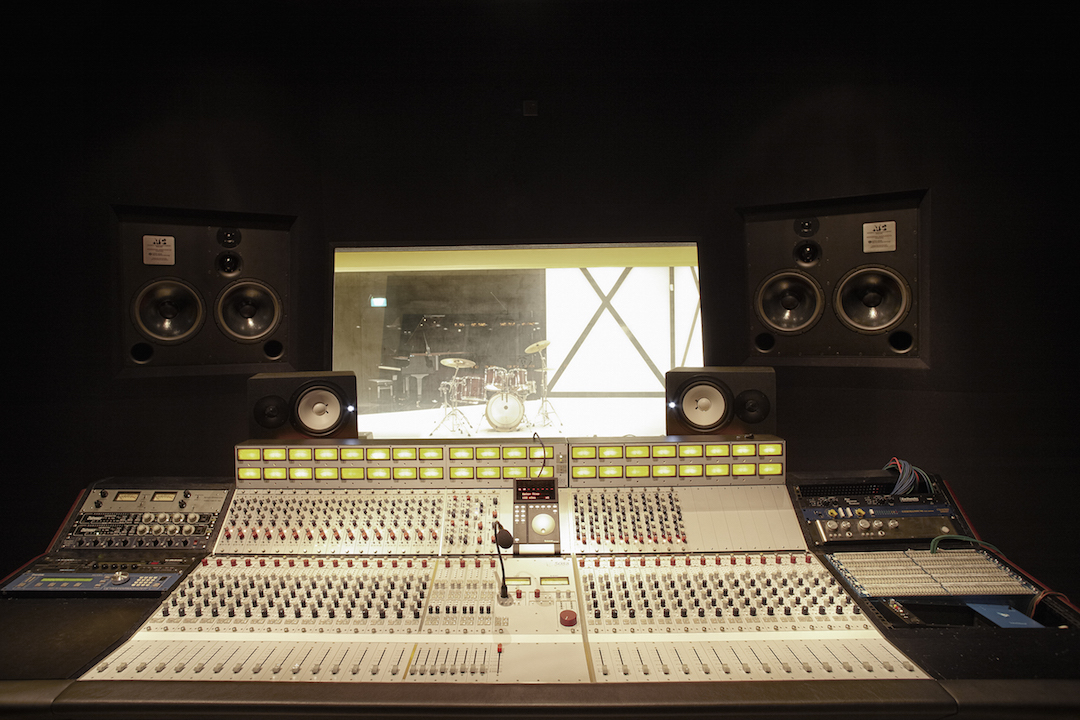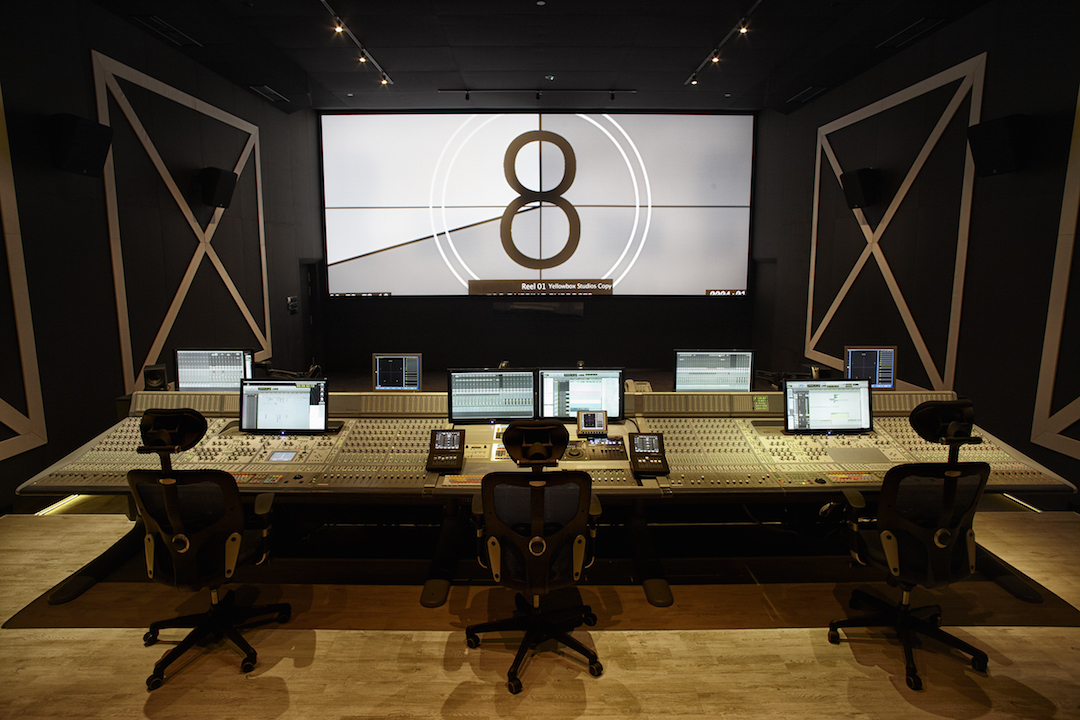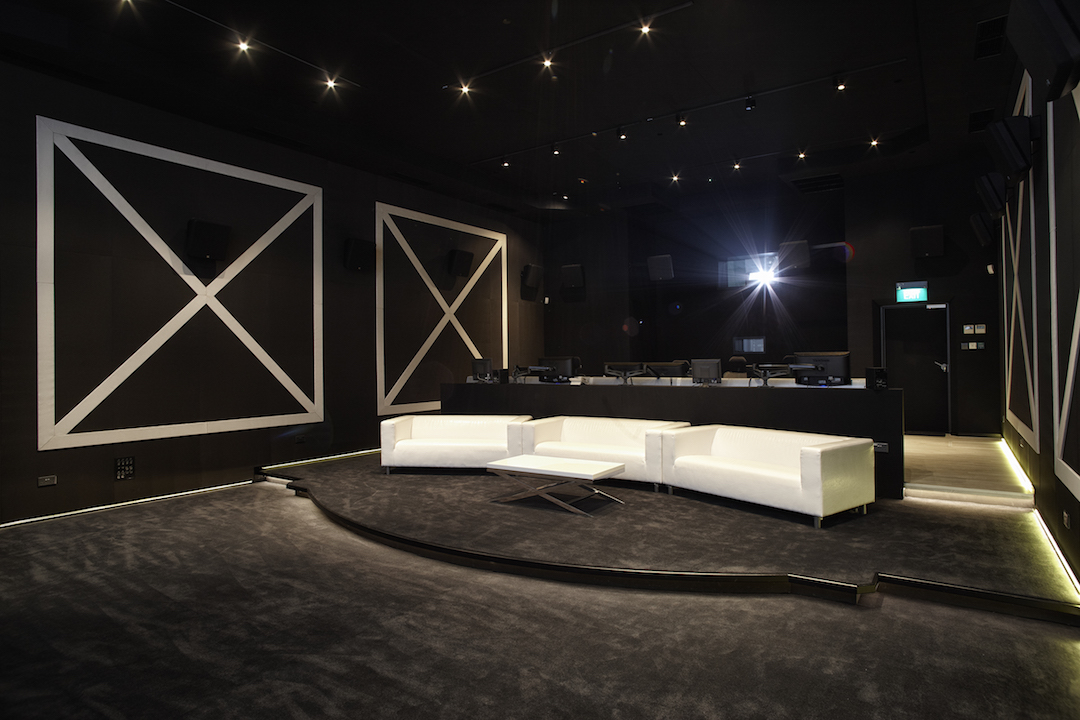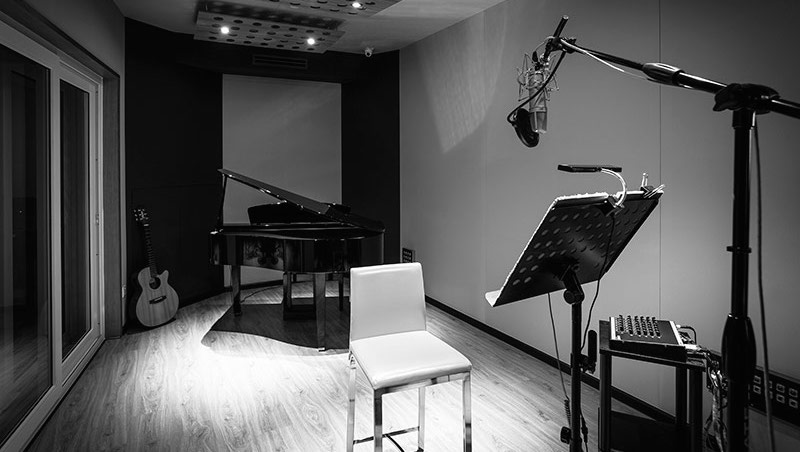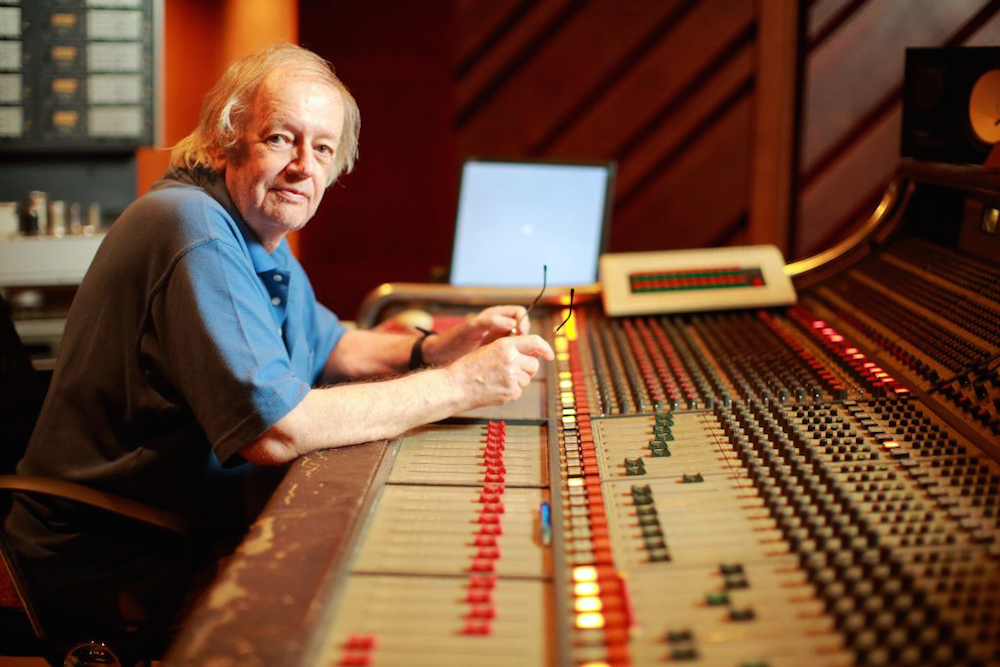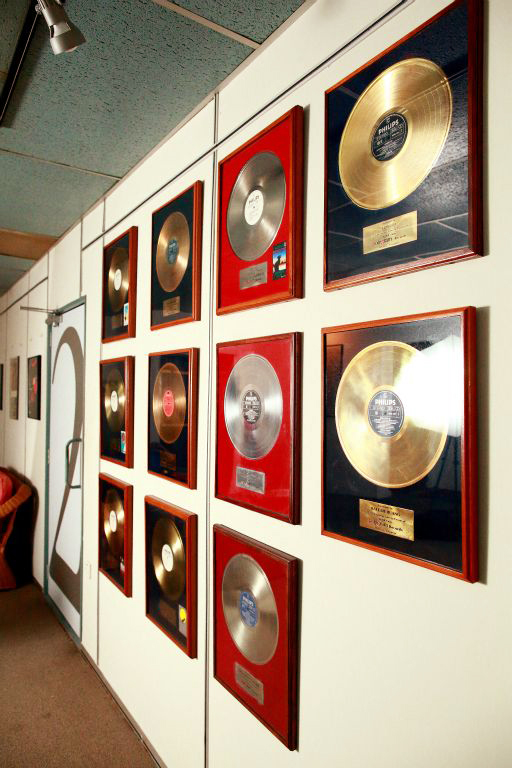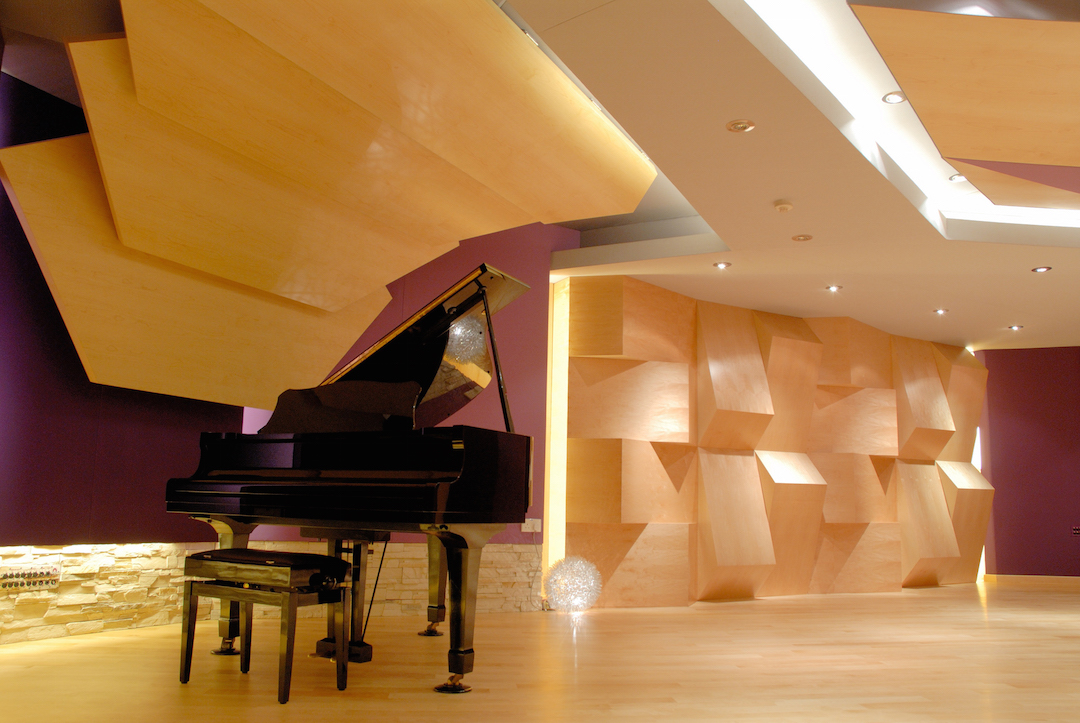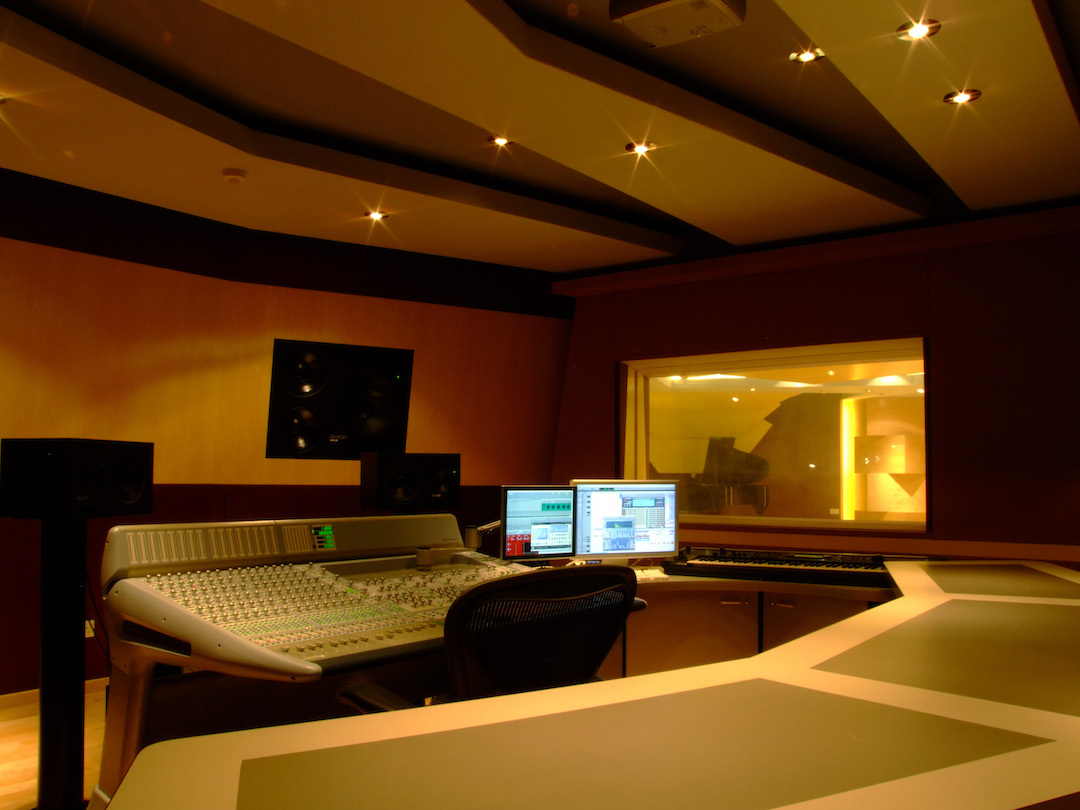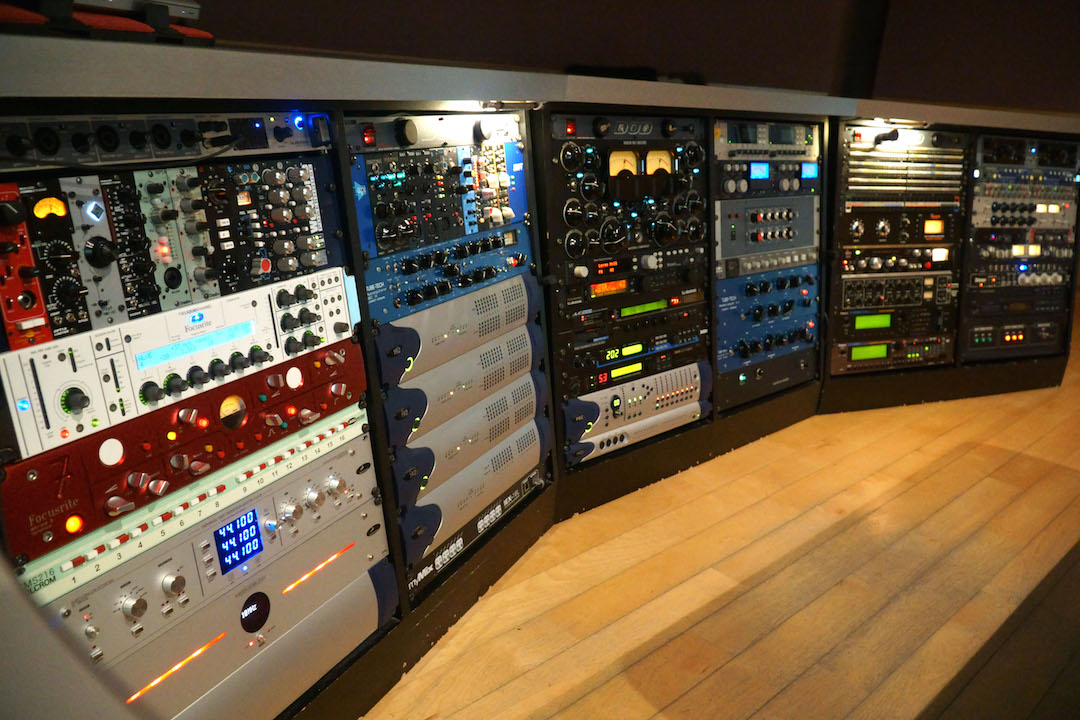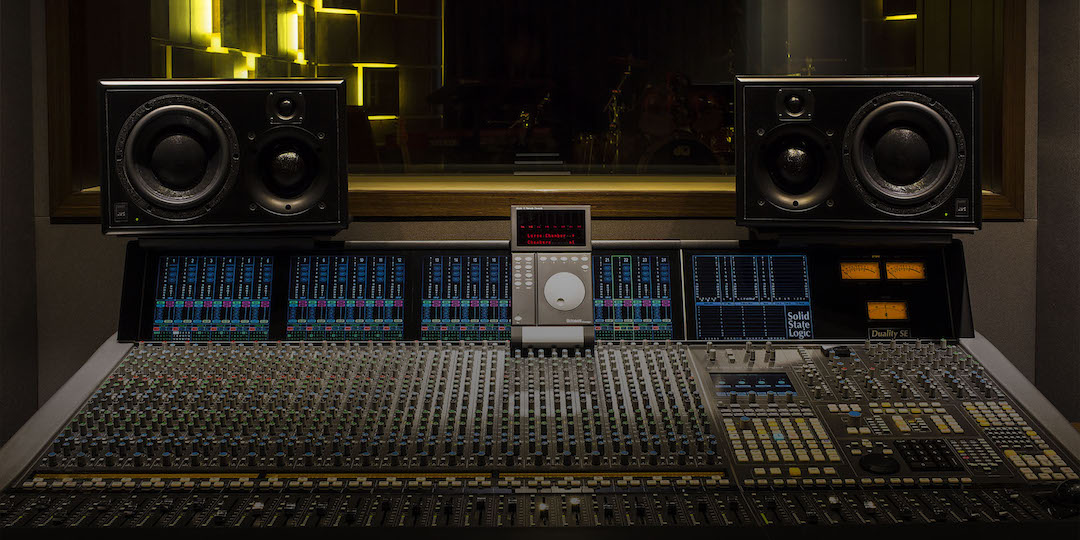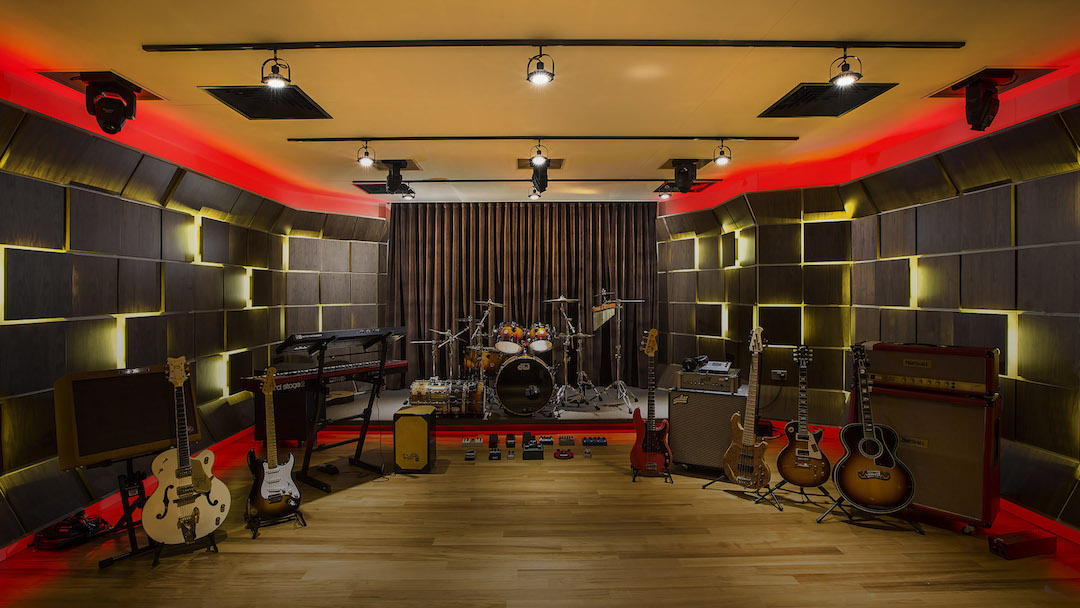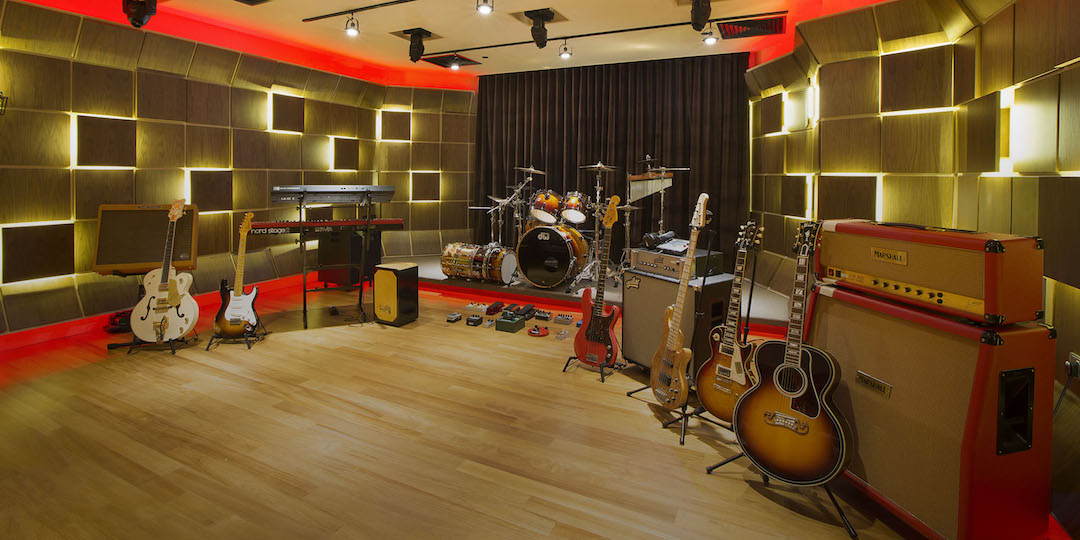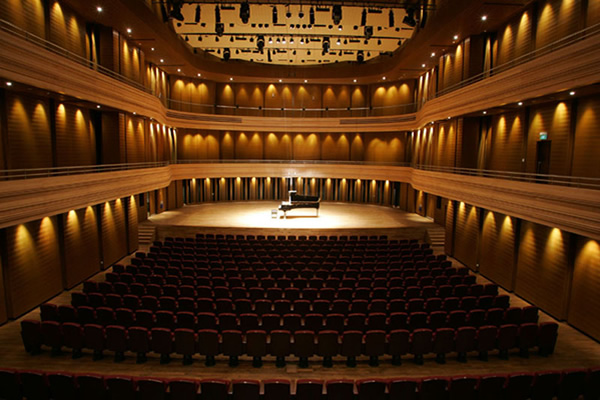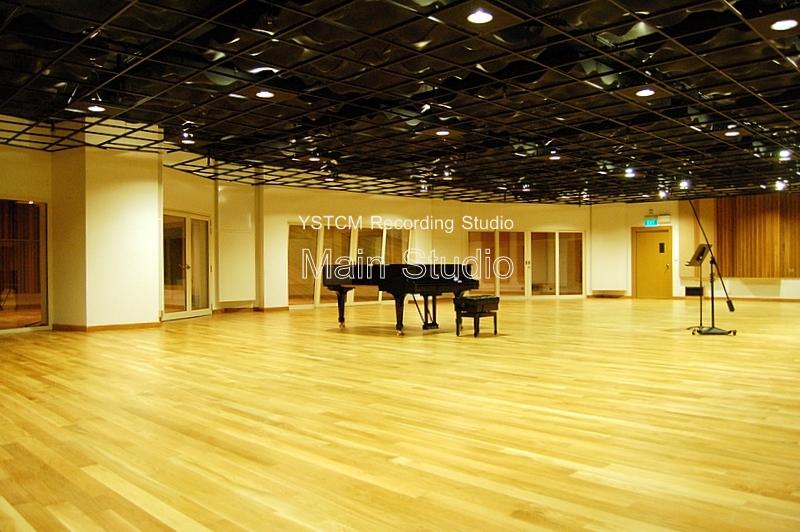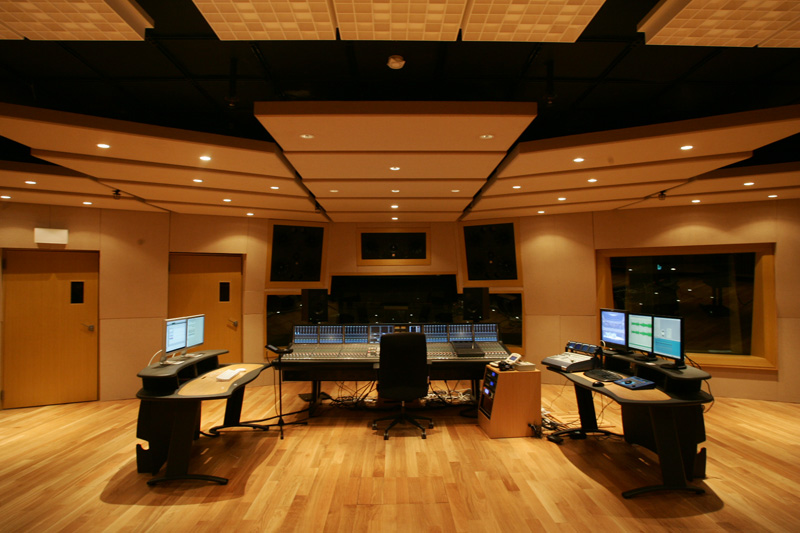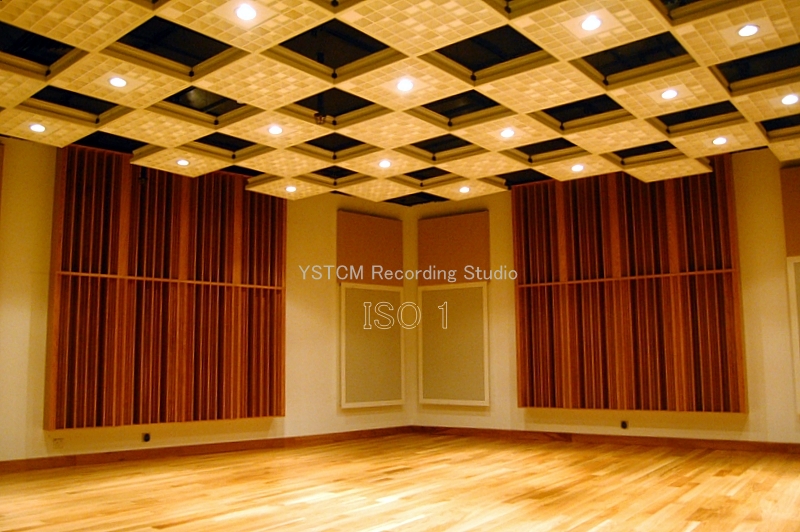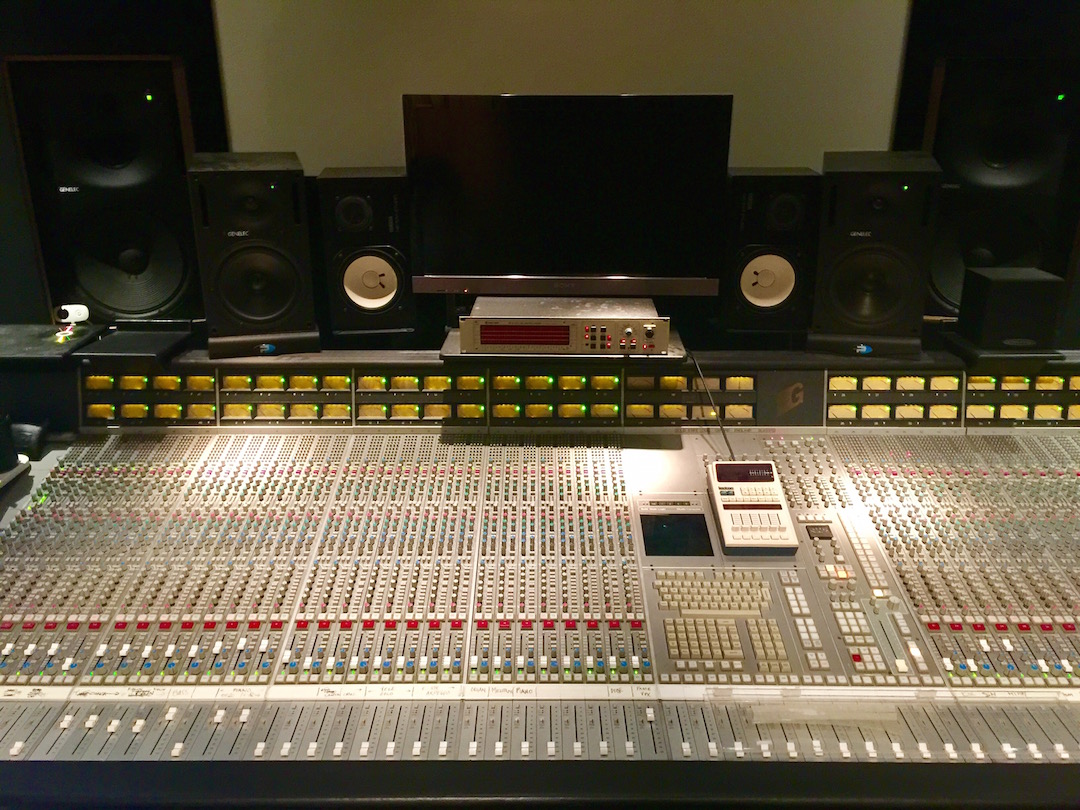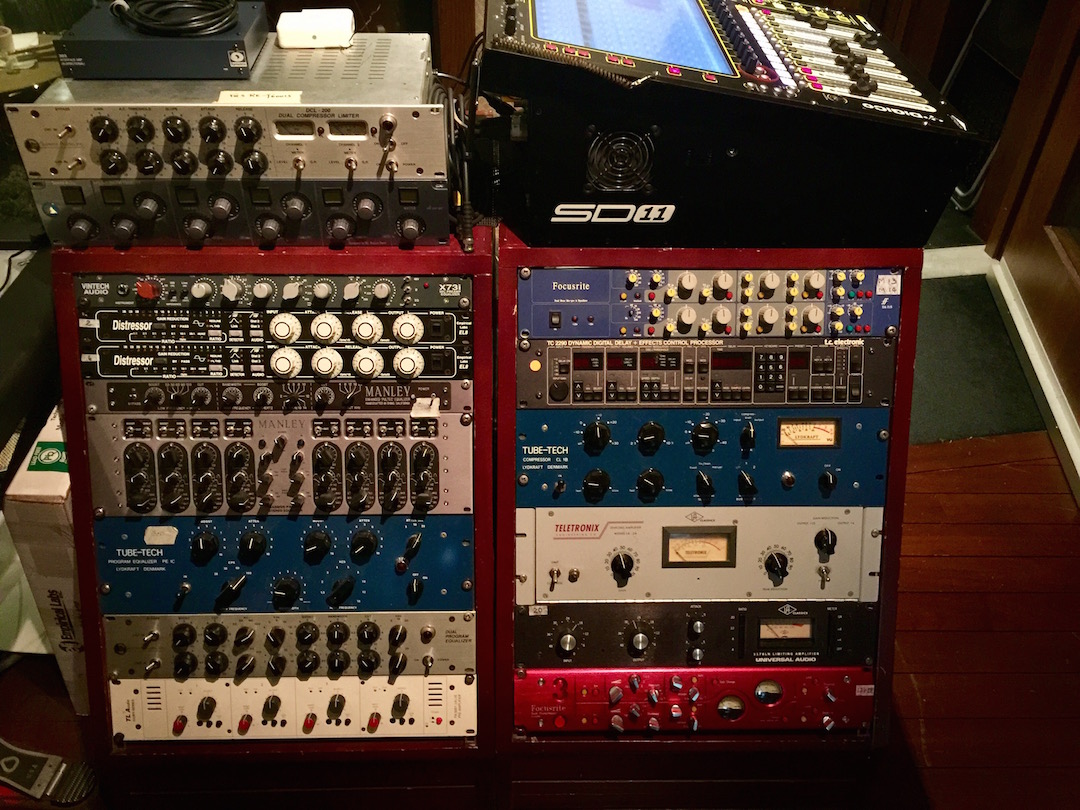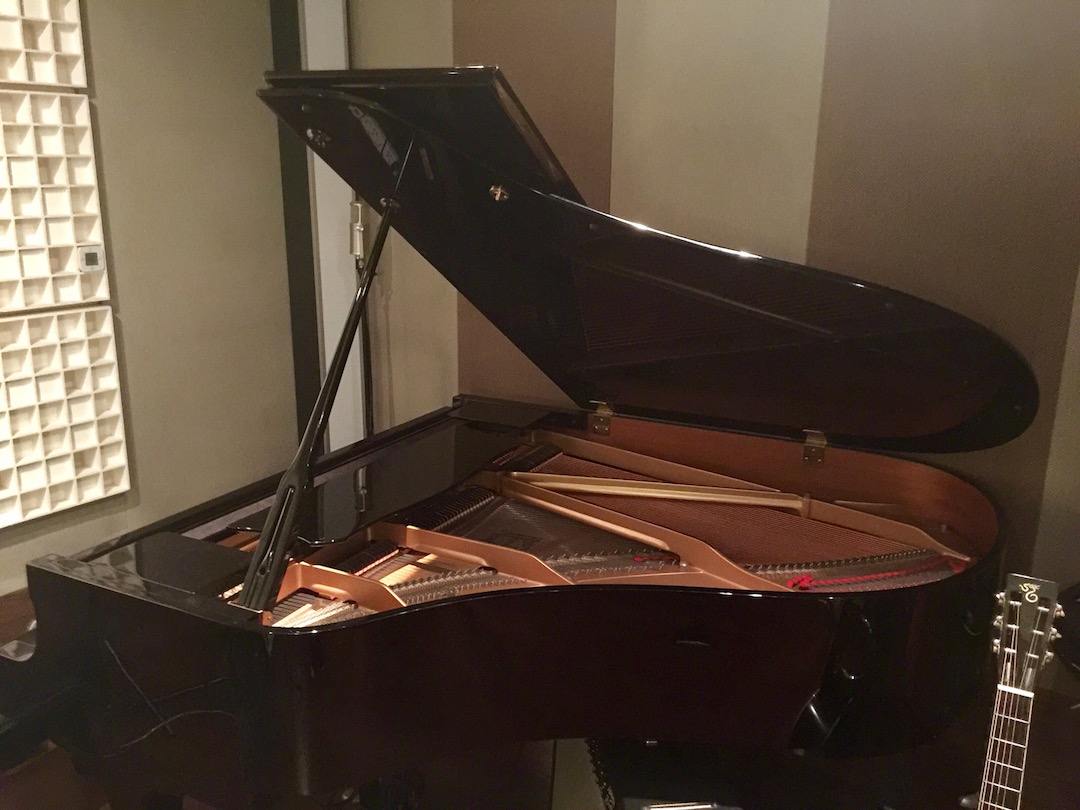Opulent Sounds from the Lion City: The Recording Studios of Singapore
I recently moved to Singapore with my wife for a job opportunity, which meant getting to know a whole new recording studio scene in a new and foreign city.
We had heard and read enticing things about this dynamic city-state, and now that we are finally settled in here, we can positively say the “Lion City” has exceeded all our expectations.
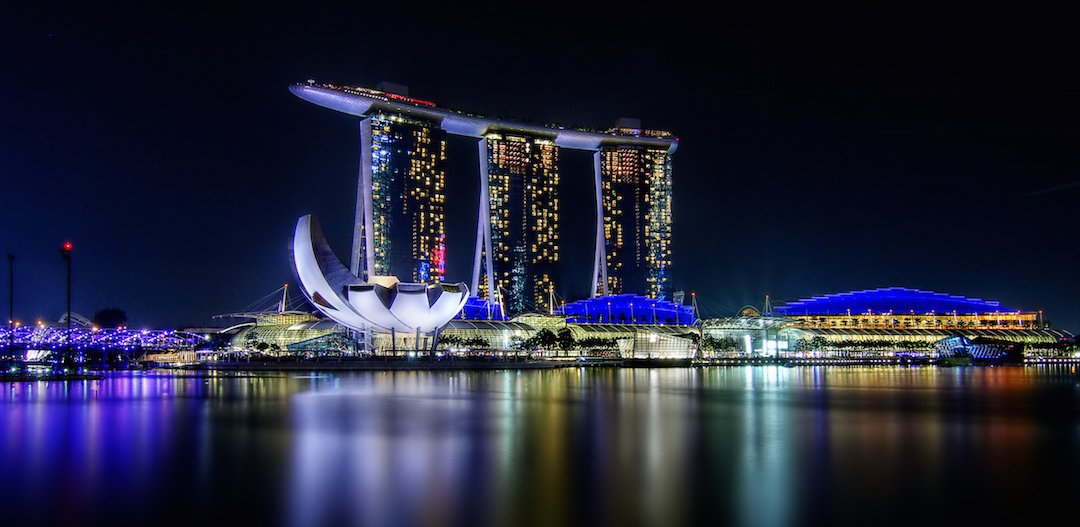
An image of Singapore’s skyline at Marina Bay. Photo by Erwin Soo.
Singapore is a fascinating country—the world’s only island city-state. It hosts a population of just over 5.5 million people, comprised of a diverse collection of Chinese, Malay, Indian, and other ethnicities, who all peacefully share this 277-square-mile “Little Red Dot” situated at continental Asia’s southernmost tip.
Since becoming a sovereign nation in 1965, Singapore has climbed to fourth place in rankings of the world’s highest GDP-per-capita countries. It has been named the most technology-ready nation in the world by the World Economic Forum, the second most competitive nation, the third-largest foreign exchange market, third-largest financial center, and the second-busiest container port.
All this rapid achievement makes it easy to forget that this relatively new country—which now supports one of the wealthiest and most active economies in the world—started nearly from scratch just over 50 years ago.
During our first days and nights out in Singapore, we discovered that the Lion City is a very musical place, with a plethora of music venues, theaters and music schools, and tons of opportunities to hear live music any day of the week.
The city government has even dedicated its own Ministry of Culture, Community and Youth, and a National Arts Council, whose mission is to promote and nurture all kinds of arts in the country.
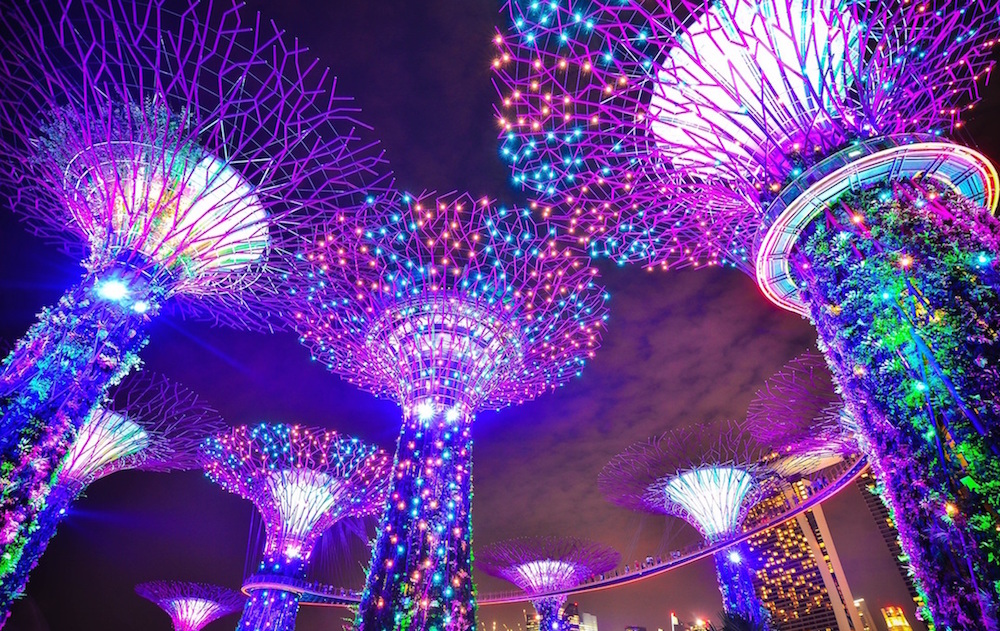
Singapore’s Gardens by The Bay, a stunning 101 hectare green space that comprises three waterfront gardens. Photo by Suyash Dixit.
As any of us recording studio geeks might do when arriving in a new city, the first thing I did once all of our belongings finally arrived from Madrid (after two nerve-racking months of knowing that all our possessions, including all my audio gear, were floating somewhere between the Mediterranean sea and the Indian ocean) was to do some research on all the recording studios in the Lion City and start making some visits.
In the process, I’ve met some truly remarkable people, seen some inspiring spaces and been exposed to a wide variety of approaches to the recording studio affair. Here are my first encounters:
YellowBox Studios
My first stop was at YellowBox Studios, run by composer Ricky Ho and sound designer Rennie Gomes.
Ricky Ho is a veteran film-scoring composer, who received the Best Original Music Score award at the West Hollywood International Film Festival in 2008 and has been nominated for the Taiwan Golden Horse awards on different occasions. Rennie Gomes has also won several awards for his work as sound designer, including the Best Sound Design award at the New York Festival in 2002.
With the expertise of both partners, it’s not strange that YellowBox offers two different studios under the same roof: YellowBox Music and YellowBox Films.
YellowBox Music
At the heart of YellowBox Music is a beautiful 32-channel Neve 5088, the “culmination” of Rupert Neve’s knowledge of analog circuits, according to the man himself.
This is a fully-discrete analog design with custom transformers at every input and output (even on inserts) and high-voltage discrete op-amp cards specifically designed for the model. The upper “penthouse” section of this console is filled with 5015 (preamp/compressor) and 5033 (5-band EQ) modules.
The modularity of the console allows for easy repairs and maintenance, to go along with the superb Neve sound.
The control and studio room both offer a warm and spacious place to work, at 430 square feet (40m2) andover 1000 square feet (100m2) respectively.
This large recording room is able to accommodate up to 30 string players, a 60 piece choir or a 15-piece band complete with their equipment.
The DAW used here is Pro Tools HD over Digidesign 192s. The main monitors are ATC SCM 300 ASL, along with pairs of JBL LSR4326 and Yamaha HS5 for the near field. The outboard gar selection includes units like the Chandler Germanium, Earthworks 1022 and Grace Designs M201 preamps, Empirical Labs Distressor, SPL Transient Designer and Anthony de Maria ADL 1700 compressors, and TC Electronic M5000, Bricasti M7M and Eventide H3000 verb/FX units, among others.
The mic locker offers a beautiful selection, with Neumann U87, KM183 and KM84, Coles 4038, AKG, C414 and C451B, and Gefell UM90 available, to name a few.
YellowBox Films
The Dolby Certified mix theater at YellowBox Films was introduced in October 2010, and is one of the largest post-production facilities in Singapore. This is a 1160 square foot (108m2) dub stage that hosts three Pro Tools HD rigs and two Digidesign Icons.
The setup runs on SSL XLogic Delta and Alpha Links, with Euphonix format converters, and allows up to three different seat mixers to work simultaneously, either in Dolby 5.1 or 7.1, with Dolby E, Dolby Digital AC3, and DTS-HD available for mastering and mixing down deliverables.
The monitors are three way JBL, and picture playback is taken care by a Barco DP 2K via DV1080p onto a 9m screen. For noise reduction, YellowBox counts on Stage Cedar DNS300, TC Backdrop and TC 6000 systems.
Suite Sound
My next stop in the tour brought me to Suite Sound, an award-winning audio post-production and music production recording studio that opened its doors in 2007.

A D-Command system lies at the heart of this control room Suite Sound, which is one of five audio suites.
Or rather, I should say studios, because Suite Sound is organized into five separate suites, each of them equipped with Pro Tools HDX and a variety of outboard gear including the Shadow Hills Mono Gama, Manley VoxBox and Focusrite ISA 428 mic pres, Tubetech CL2A, AMEK System 9098 and Drawmer 1960 compressors, and Shadow Hills Equinox 2ch preamp and 30ch summing mixer and more.
The mic closet stores Neumann U87s, Neumann M149 (75th anniversary), Brauner Panther and Sony C48, among other selected pieces. The main recording room houses a Yamaha C5 piano, and the main suite offers a 24ch D-Command control surface.
During my visit, I met Koon Soo, director and audio engineer with over 25 years of experience, and Sean Chan, an audio engineer with over 18 years in the trenches, who has worked with top Chinese artists like Stefanie Sun, Kit Chan Mavis Hee or Ah-Mei.
The flexibility of having five different rooms allows Suite Sound to do any kind of work, from audio post-production to sound design, voiceover recording, and music composition. On top of that, they have a vast pool of in-house and external vocal talent, with both female and male voices in more than 30 different languages.
Lion Studio
Established in 1980, Lion Studio is the longest standing major recording studio in Singapore. It was built to satisfy the production needs of PolyGram in the Asia Pacific region, along with Dragon Studio in Hong Kong. (Sadly, its sister studio, Dragon, was burned down to ashes in a terrible fire some time ago).
Designed by renowned acoustician Jeff Cooper, this studio enjoys some of the perks of the rooms built during the golden years of studio design, like big spaces with a main room and three different acoustics zones, as well as cherished vintage equipment.
PolyGram brought in English engineer John Herbert to run the studio, and when the label was acquired by the Warner Music Group, Herbert purchased the studio along with his now-partners, the jazz pianist Jeremy Monteiro and entrepreneur David Tan.
Sadly, Herbert passed away in 2016, and the studio is now run by Tan, and the veteran audio engineer Rufus Varghese, who knows the studio inside-out after having assisted Herbert for many years.
During its long span in action, Lion has been a witness to the creation of many gold and platinum records, from jazz musicians like Bob James and Ernst Ranglin, toregional stars such as Teresa Teng, Kit Chan, and M. Nasir.
At the core of Lion studios lies its custom PolyGram console. It was designed by Philips and Siemens engineers (PolyGram was a joint venture of both companies) to compete with the EMI consoles of the time.
This split console design sports 40 input channels, 24 output channels and 18 buses, with 5 compressors on board, and 5-band parametric EQ on each channel. Only two consoles like this remain active anywhere in the world. The other one is located at ARC studios in Amsterdam.
The generous recording room, nearly 2,000 square feet (185m2), houses two pianos—a Kawai RX7 and a Yamaha C3. In the control room there are some very interesting classic pieces, like three tape machines (a 2-track Studer B67, a 16-track Studer A80, and another 24-track Studer A80) and an EMT 140T plate reverb, among many others.
In the mic closet, there’s a nice selection of vintage and modern microphones, which includes Neumann U47 FET and U87s, AKG C414 and C314, and ElectroVoice PL20, to name a few.
Pavane Recording Studio
Designed by renowned acoustician and AES Fellowship award-winner Sam Toyoshim, Pavane Recording opened its doors in 2006. Seeking to fulfill the highest demands in both sonics and aesthetics, this 2700 square foot (250m2) studio offers a beautiful recording room with ample natural daylight, variable acoustics, and remarkable wood diffuser designs.
The control room is a “non-environment” design, with Genelec 1034 as main monitors, and pairs of Genelec 1031A, Dynaudio BM6A, and Yamaha NS10 for nearfield listening. At the center is an Icon console, coupled with Pro Tools HD and three 192s, and complete with a varied list of outboard gear selected by Gao Yang.
Yang is a music producer, arranger, and recording/mixing engineer with more than 20 years of experience. His credits include artists such as Mariah Carey, David Foster, Laura Fygi, and Melanie C, and has worked in broadcast, mixing the 15th Asian Games Opening Ceremony and Asia’s Got Talent finales, among other programs.
Some of the outboard equipment available at Pavane include the Shadow Hills Quad GAMA, API 512c and Tube-Tech MEC 1A preamps, Neve 2254E, Empirical Labs Distressor and API 525 compressors, and Bricasti M7, TC Electronic M5000 and Ensoniq DP/4 verbs/FX.
The microphone locker reveals many of the usual studio heavyweights like Neumann U87i, U47 FET, Schoeps CMC 6 or AKG 414, but also others not so common pieces like the Flea 12 and Flea 24, among others.
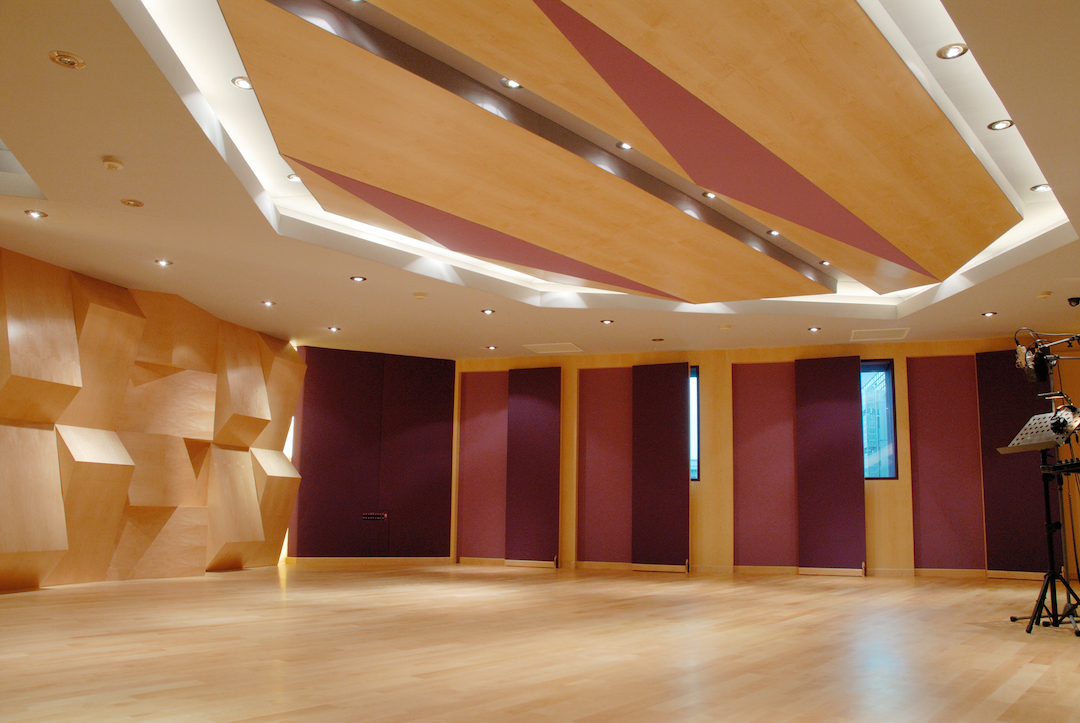
Another view of the main tracking room at Pavane, with some of its movable acoustic treatment options in view.
In the instruments and backline department, Pavane’s recording room is presided by a Yamaha C5 grand piano, and there are some samplers and synths that should enchant vintage synth lovers, like an Akai S5000 sampler, or E-Mu Proteus 1 and Roland JV-1080 synths. These are just a few out from a list that includes 20 or more such pieces.
Studio manager Rebecca Gao explains that this varied list of equipment, along with the versatility of the room’s acoustic designs, helps to attract a diverse clientele that includes popular artists as well as projects from the local government (both the Ministry of Education and Ministry of Defense), and theater and corporate groups from the region.
Pavane was the official studio for the Opening & Closing Ceremonies of the 1st Inaugural Youth Olympic Games 2010 held in Singapore, and the National Day Parade in 2008 & 2012.
Leo Studio
The next step in my peregrination of local studios brought me to Leo Studios, owned by Roger Khoo and run by his team: Assistant managerLionel Khoo, studio administrator Sarah Khoo, singer Qiu Feng Ze, and chief engineer Frank Lee.
At the center of Leo sits a beautiful 24-channel SSL Duality, with ATC-SCM25A Pro and Adam A77X as main monitors. The DAW used is Pro Tools 12, with the HDX card connected to an Apogee Symphony ADDA.
The outboard gear includes Manley Vox Box and Millennia STT-1 Origin channel strips, Tube-Tech CL 1B and Retro 176 Limiting Amplifier dynamics, and a Bricasti Design System 2 for verb and FX, among others.
In the microphone department, Leo offers a great selection that includes Brauner VMA, Neumann U47 FET, Telefunken C12, or Manley Gold Reference, to name a few.
The studio sports a vibrant recording room, with natural daylight and modern aesthetics by interior designer Thomas Ng. The acoustic design features full-wall-length diffusers, custom-made by Frank Lee.
YSTCM Recording Studios
YSTCM Recording Studios is the studio located at the Yong Siew Toh Conservatory of Music, integrated into the campus of the National University of Singapore.
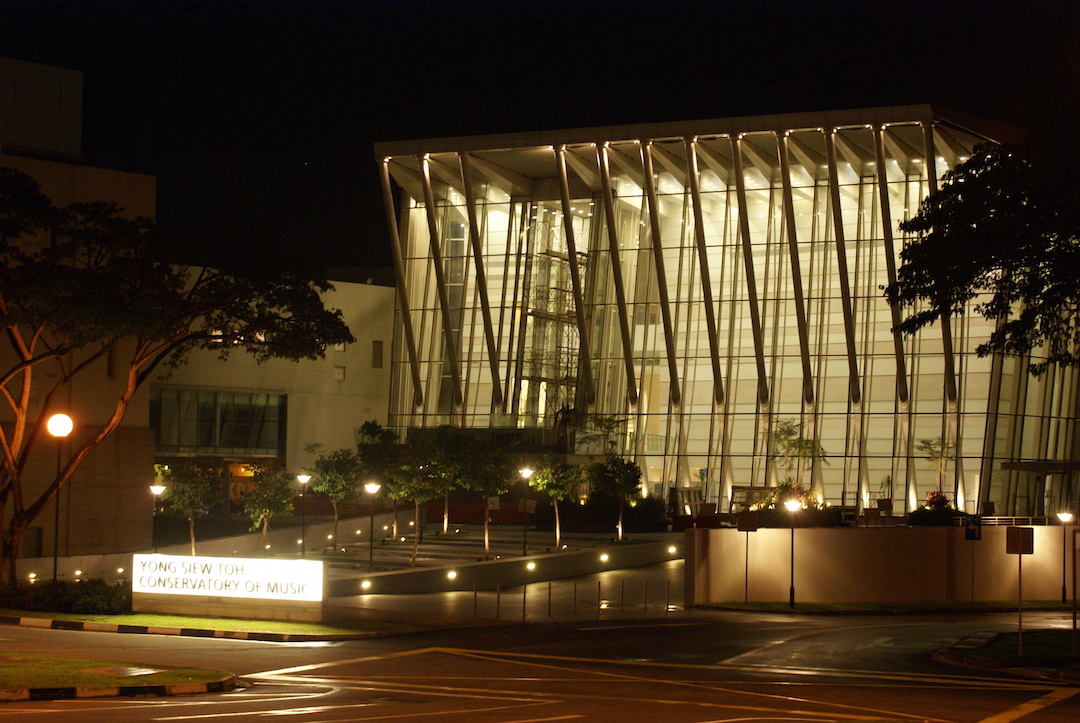
An outside view of the recently-built Yong Siew Toh Conservatory of Music. Photo by Alex CH.
Established in 2001, Yong Siew Toh quickly established a solid reputation as an exciting and distinctive international conservatory, offering a wide variety of programs for classical music as well as recording.
Both the Recording Arts and Sciences major and the recording studio are directed by Zhou Xiaodong, a veteran educator, author, and engineer, who has earned awards like the 2006 Best Voice Recording at the Asia Recording Arts and Science Festival in Guangzhou, China.
The main recording studio, built in 2006, occupies a massive area, with a 2500 square foot (231m2) live room and 4 iso booths (the bigger of which is roughly 495 square feet, or 46m2). The control room is also connected to the Conservatory’s concert hall, as well as to the recital studio, orchestral hall and Recording Arts Lab.
Designed primarily for classical music, the recording room, four booths, and control room incorporate an impressive amount of wood diffusers, mainly 1D and 2D quadratic-residue diffusers from RPG.
At the center of the studio is an SSL C200 (48ch), with Quested 412d, 212 and 410 speakers for the far field monitoring, and Dynaudio BM-15A for the near field. The recording room is presided by a Steinway & Sons D grand piano.
The DAWs available are SADiE H64 and Pro Tools HD, with Lexicon 960L, TC 6000, and Eventide H8000 reverb/FX units.
The mic locker includes some interesting pieces, selected specifically for their results in a classical context. In addition to some of the regular heavyweights like Neumann U87i, Neumann M149 or AKG C414B-XLI, it includes some not-so-common models such as the superb Neumann USM 69i (variable pattern stereo condenser), Neumann M150 (a redesign of the classic tube M50) and Sennheiser MKH800.
GreenRoomSuite
My last stop on this first lap of Singapore studios brought me to GreenRoomSuite. This recording room is run by Toni Goh, a veteran in the Singapore music scene. Toni was one-third of Tony, Terry and Spencer—a 1970s pop/rock band that is still well-known in the region region—and has been involved in the local music industry in multiple facets ever since.
GreenRoomSuite enjoys the only SSL 4000G in the area. It is equipped with 48 channels and a new Atomic TK-421 power supply. It’s complemented by a selection of outboard that includes the Focusrite Blue 215, Summit Audio MPE 200 and Vintech Audio X73i pres, a Manley Massive Passive, Manley Enhanced Pultec EQP-1 and Tube Tech Program EQ PE 1C equalizers, Focusrite Red 3, UA 1176LN and Teletronix LA2A compressors, and Lexicon 480L, Lexicon 960L and TC Electronic TC 2290 FX.
The DAW used here is Pro Tools HD 10, over a Pro Tools HD6 rig with three Digidesign 192s. Additional converters include Lucid 9624 AD and DA, and Apogee PSX-100 AD/DA. The main monitors are Genelec 1038A with a subwoofer Genelec 1094A, completed with pairs of Genelec 1031A, Yamaha NS10 and Auratone in the near field.
In the backline department, GreenRoom offers a selection of acoustic guitars (Santa Cruz OM and HD 13, Taylor 6 & 12 strings), electric guitars (Rickenbacker 12 strings, Les Paul gold top, Gretsch and Flaxwood semi-acoustics), and a Yamaha C2 with Disklavier, among others.
Summing it Up
These have been my encounters so far, and left me genuinely impressed by the options and possibilities Singapore has to offer in the music realm—not to mention in all other aspects!
Singapore is a vibrant and modern city, with a unique mix of cultures that makes it surprisingly easy to quickly adapt to the city no matter where you originate from.
If you’ve ever thought of planing a visit to the Lion City, whether for a music project or otherwise, I can’t recommend it enough.
Please note: When you buy products through links on this page, we may earn an affiliate commission.








